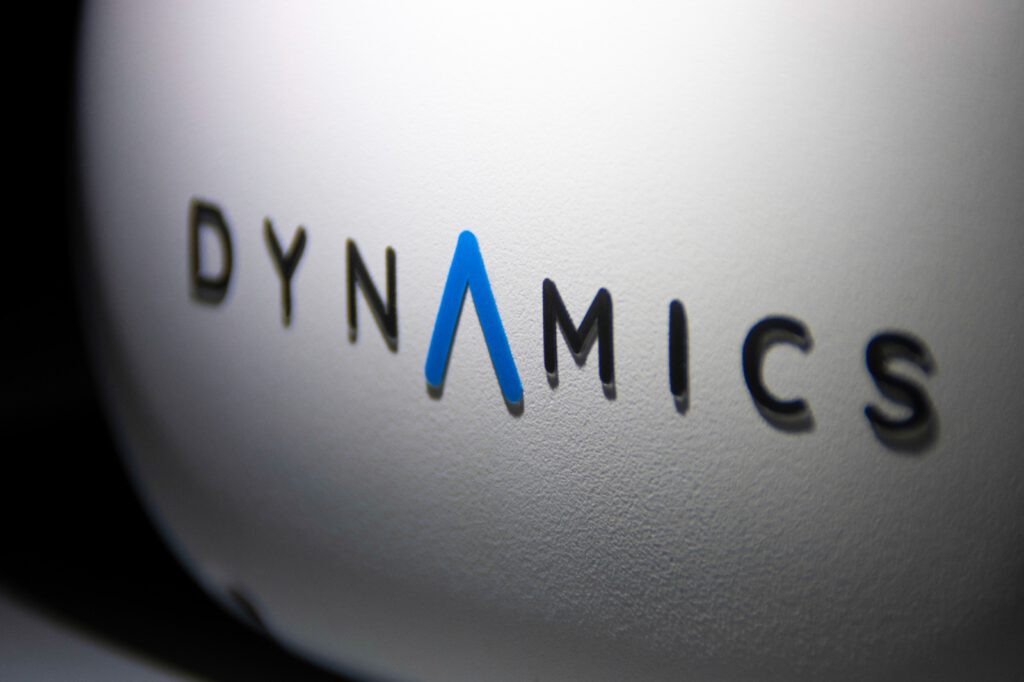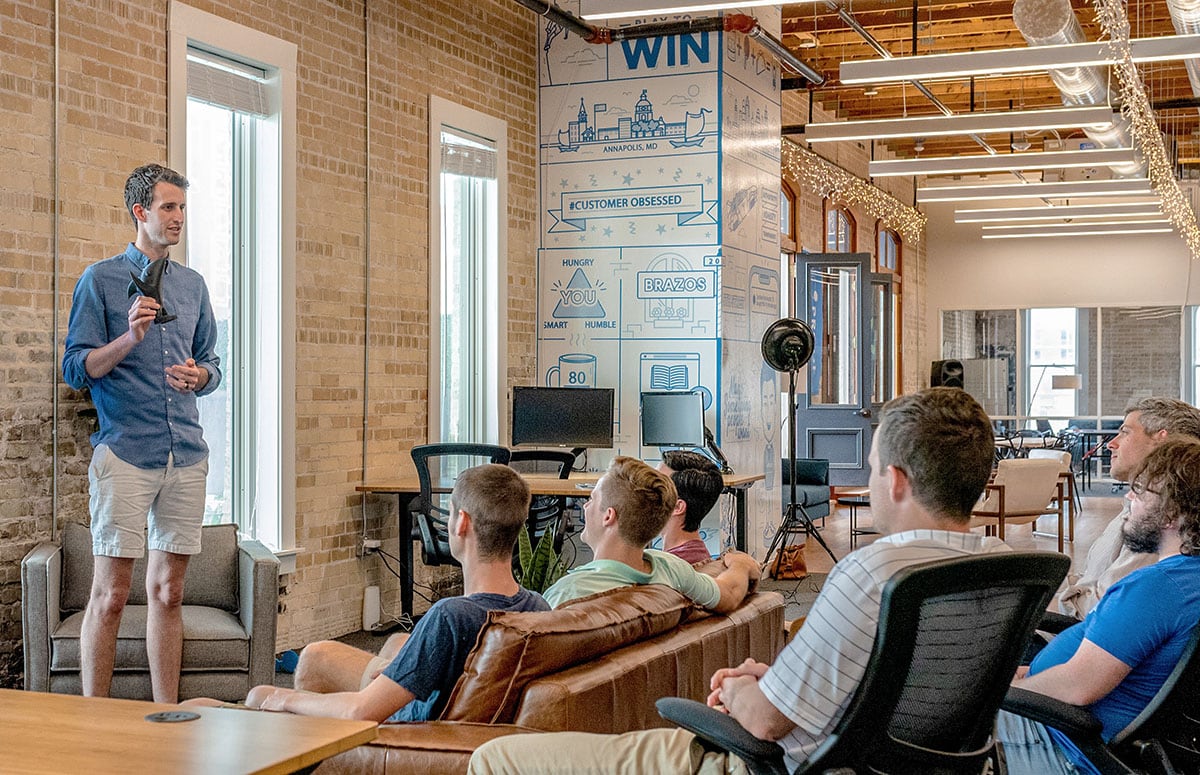DYNAMICS VR PRODUCT LINE
Skill enhancement
Neuromotor skills through Virtual Reality
Dynamics VR is the first virtual reality platform that provides neuromotor rehabilitation programs based on automated, self-dosed and measurable sessions.
We offer solutions for
-
Chronic pain
-
Brain damage

Chronic musculoskeletal pain
- Patients with primary chronic pain: lumbar, cervical, shoulder, fibromyalgia, arthritis, arthrosis...
- Secondary chronic pain patients: post-surgical...
- Acute pain: recent injuries, invasive techniques

Neurorehabilitation
- Motor alterations: patients with stroke, MS, Parkinson's disease, among others.
- Neurocognitive alterations: decision making, reaction.
The Right Financial Plan Changes Everything
At vero eos et accusamus et iusto odio dignissimos ducimus qui blanditiis praesentium voluptatum deleniti atque corrupti quos dolores et quas molestias excepturi.
Sint occaecati cupiditate non provident, similique sunt in culpa qui officia deserunt mollitia animi, id est laborum et dolorum fuga.
We work every day to improve people 's lives .
Pain reduction
What is the evidence?
Improved function
What is the evidence?
Improved self-efficacy
What is the evidence?
Decrease in kinesiophobia and fear of pain
It reduces the psycho-social factors that have been implicated in the persistence of pain.
What is the evidence?
Improved patient experience
Benefits of using VR: improved adherence, improved session enjoyment, improved user experience, improved patient well-being (mood).
What is the evidence?
About our software
Join the revolution
We started in 2021 with a clear idea in mind: to give a new perspective to healthcare professionals and their patients.
We know there is a long way to go, but we are enjoying every step of the way.
(Data updated as of May 2024)

Entities collaborating entities








